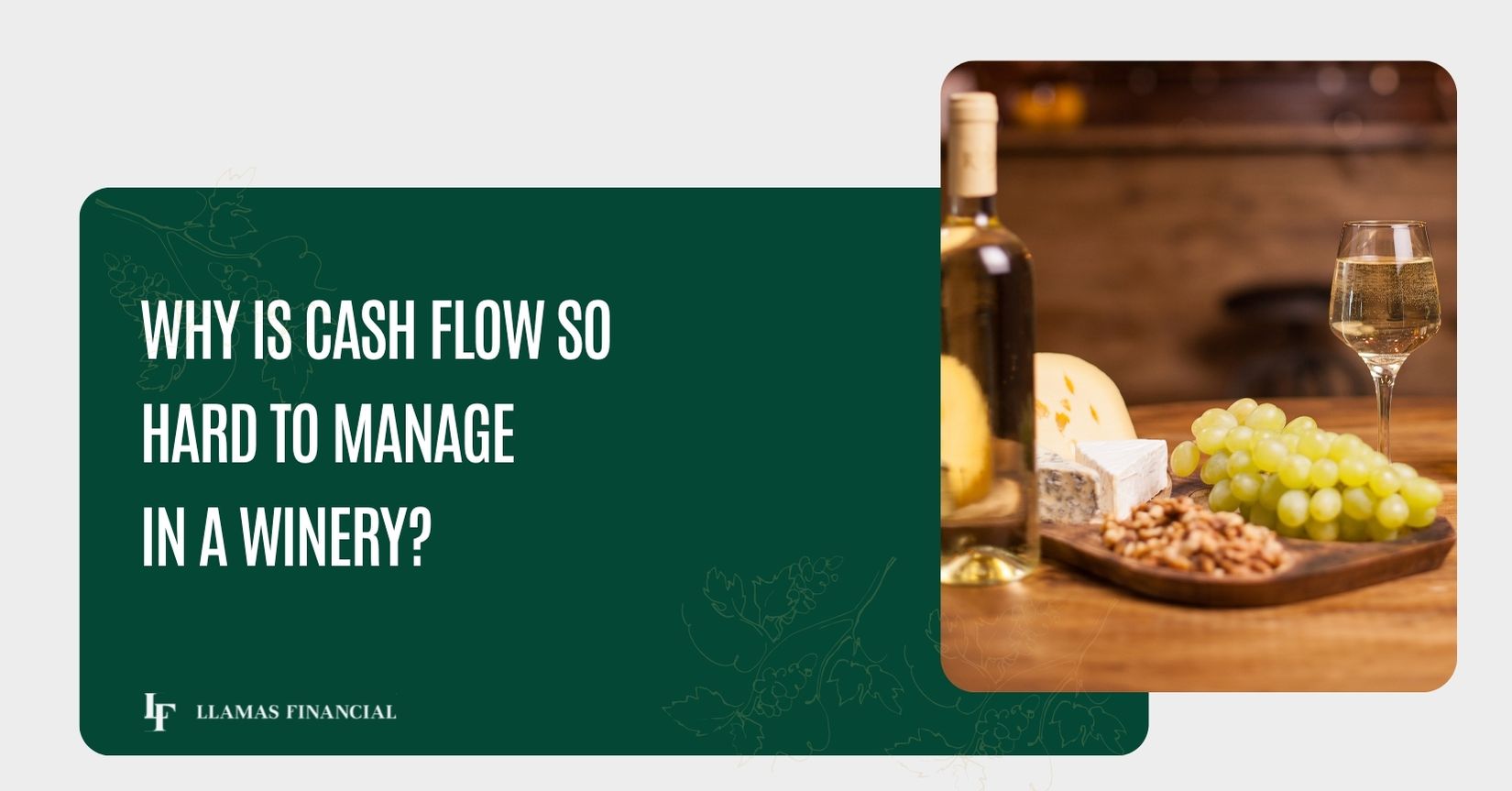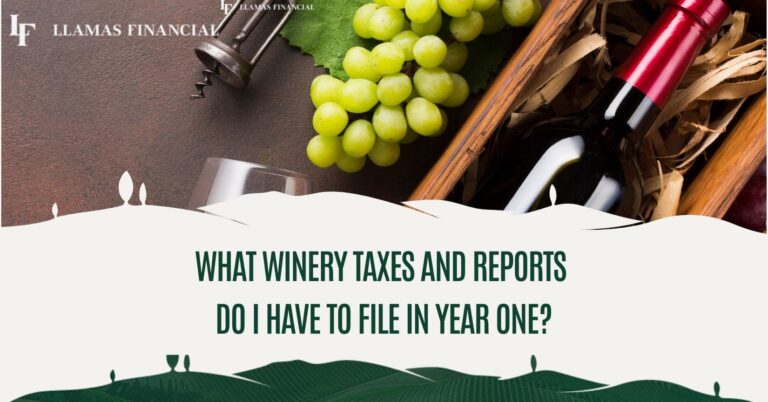If you have ever felt like your winery is constantly running out of cash, even when sales look strong on paper, you are not imagining it. Cash flow is one of the hardest parts of running a winery, and it is the number one reason many wineries struggle financially. The business model of winemaking is unlike most others. You spend money heavily upfront, wait a long time for revenue, and then receive that revenue in uneven bursts depending on sales channels and vintage releases.
Understanding why cash flow feels so challenging is the first step to solving it. Once you know where the bottlenecks are, you can plan for them and create systems that smooth out the cycle.
Why Wineries Struggle with Cash Flow
1. Expenses Come Early, Revenue Comes Later
Wineries pay for grapes, vineyard labor, barrels, and bottling well before any wine is sold. A harvest in September may not generate sales until the following summer or even later if the wine is being aged. This gap between spending and selling creates cash crunches, even if the business is healthy overall.
2. Revenue Streams Are Seasonal and Uneven
Tasting room sales spike during weekends, holidays, and tourism seasons. Wine club shipments bring in bursts of revenue a few times per year. Wholesale checks often come on long payment terms. That means your cash inflows are irregular, while your bills are consistent and ongoing.
3. Growth Magnifies the Problem
As you expand production, costs grow faster than revenue. Buying more grapes, adding barrels, and hiring more cellar staff all require cash upfront. If sales do not increase at the same pace, your cash position gets tighter. Many wineries underestimate how much more cash they will need when scaling up.
4. Inventory Locks Up Your Money
Much of your cash is sitting in wine that has not yet been sold. Inventory is an asset on your balance sheet, but it does not pay the bills until it leaves the cellar. This is one of the most unique and frustrating aspects of winery finances.
The Difference Between Profit and Cash Flow
One of the biggest sources of confusion is the difference between profit and cash flow. You might look at your profit and loss statement and see that your winery is profitable on paper, but still struggle to make payroll or pay vendors. That is because profitability accounts for the value of wine sold, while cash flow measures the actual movement of money in and out of your bank account.
It is possible to be profitable but cash poor. In fact, many wineries find themselves in this exact position. Without a cash flow plan, this gap can lead to unnecessary stress and even financial crises.
How to Manage Cash Flow in a Winery
Create Cash Flow Forecasts
A cash flow forecast maps out when money will come in and when it will go out. A winery accountant will include vineyard costs, production expenses, bottling, overhead, and projected sales by channel. With a forecast, you can see cash shortages coming months in advance instead of being blindsided.
Diversify Revenue Streams
A tasting room and wine club create steadier cash flow compared to relying only on wholesale. Direct-to-consumer sales not only bring in more profit per bottle but also generate faster payments. Building a mix of revenue channels can smooth out seasonal fluctuations.
Negotiate Vendor Terms
Suppliers often offer flexibility if you ask. Extending payment terms from 30 to 60 or 90 days gives you more time to generate cash before bills are due. Even small adjustments can ease pressure during crunch periods.
Build a Cash Reserve
Setting aside funds during strong months prepares you for the leaner months ahead. A reserve gives you the confidence to cover payroll, loan payments, or grape purchases without panic.
Use Financing Strategically
Lines of credit and equipment loans are common in the wine industry. The key is using them strategically, not as a permanent crutch. Financing should bridge the natural gap between expenses and revenue, not cover for poor planning.
Why You Should Not Just “Hope It Works Out”
Too many winery owners operate reactively. They pay bills as they come in, hope sales keep pace, and scramble when accounts run dry. This constant cycle of stress keeps you focused on surviving instead of building for the future. A winery accountant helps you break that cycle by creating systems, forecasts, and strategies that give you visibility and control.
Takeaway
Cash flow is difficult in a winery because of the unique mismatch between expenses and income. Grapes, barrels, and labor are paid for today, but the revenue from those costs may not arrive until years later. Add seasonal sales patterns and scaling challenges, and it is easy to see why so many winery owners feel cash poor even when sales look strong.
The good news is that cash flow challenges are not inevitable. With clear forecasts, smarter revenue strategies, and the guidance of a winery accountant, you can anticipate shortages before they happen and make decisions that keep your winery financially healthy.
At Llamas Financial, we work with wineries every day to turn cash flow chaos into clarity. With the right systems in place, you can stop worrying about where the money is going and start focusing on making and selling great wine.





